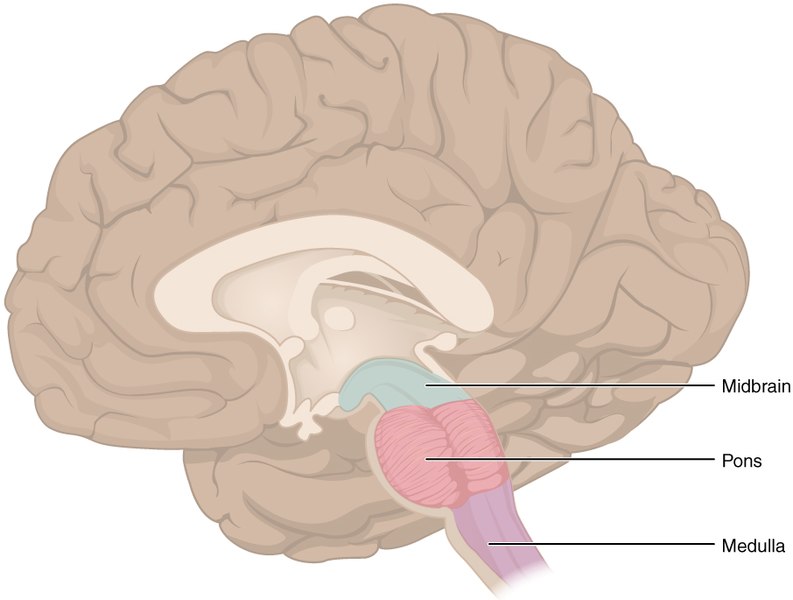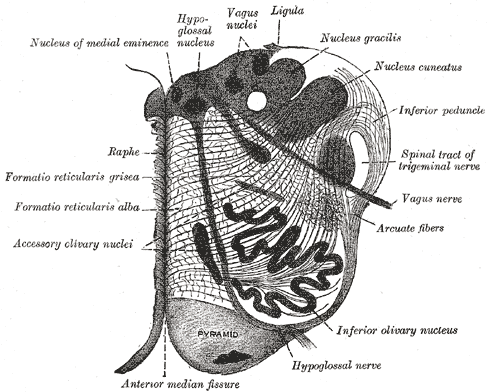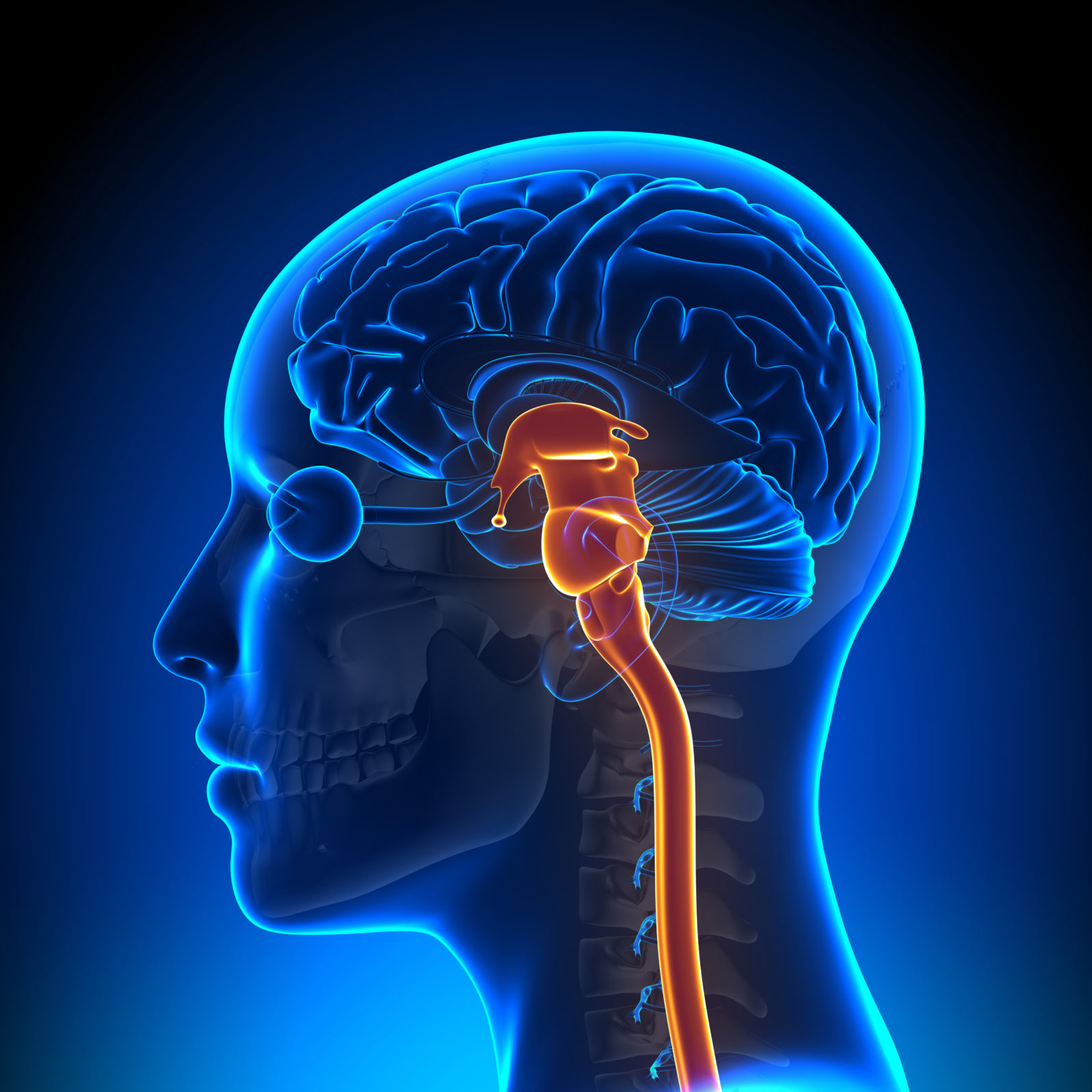A Little-Known Structure Tells Our Brains What Matters Now
Work with monkeys and mice has shed light on the filtering role of a neglected feature of the mammalian brainAt Scientific American, we learn from a team of neuroscientists, how our brains distinguish important from unimportant sensations.

From OpenStax Anatomy and Physiology (May 18, 2016), CC BY 4.0.
We filter out many more signals than we pay attention to, especially in familiar situations. We notice what has changed — especially if it’s an opportunity or a problem. While the prefrontal cortex is associated with decision-making, it turns out to get some help from a tiny structure in the brain stem, as these researchers discovered:
How does the brain accomplish these feats of focus? In recent research at Northwestern University, the University of Chicago and the Salk Institute for Biological Studies in La Jolla, Calif., we have illuminated a new answer to this question. Through several studies, we have discovered that a small, largely ignored structure at the very bottom of the brain stem plays a critical role in the brain’s selection of sensory signals. The area is called the cuneate nucleus, or CN. Our research on the CN not only changes the scientific understanding of sensory processing, but it might also lay the groundwork for medical interventions to restore sensation in patients with injury or disease.
Eiman Azim, Sliman Bensmaia, Lee E. Miller, Chris Versteeg, “How the Brain Tells Apart Important and Unimportant Sensations” at Scientific American (May 16, 2022)

(Nucleus cuneatus)/Gray’s Anatomy,Public Domain
Neuroscientists knew about the cuneate nucleus (CN) but believed it to be a “passive relay station.” Anyway, stuck at the join between the head and the neck and surrounded by life-or-death brain regions, it was hard to research. The current team’s work with monkeys and mice however, suggests a much larger and more important role than relay. The third study, with mice hitched to electrodes as subjects, was most informative:
By training mice to pull a string or react to various textures for a reward, we tested how the activation or inactivation of specific neurons might affect a mouse’s ability to carry out dexterous tasks. This approach allowed us to first explore the functions of cells within the CN, revealing a specific set of neurons surrounding it that can suppress or enhance the passage of touch signals as they enter the brain. Then we applied similar techniques to examine how other higher brain regions may influence the CN’s activity. We discovered two different pathways from the cortex all the way down to the CN that govern how much information the cuneate allows to pass. In other words, the CN receives not only information from the body but also guidance from the cortex to help determine what signals are most relevant or important for an individual at any given moment.
Eiman Azim, Sliman Bensmaia, Lee E. Miller, Chris Versteeg, “How the Brain Tells Apart Important and Unimportant Sensations” at Scientific American (May 16, 2022)
The researchers posit that the cuneate nucleus highlights some signals and suppresses others before sending them up to the brain regions that enable “perception, motor control and higher cognitive functions.” And it receives signals from those regions too. That’s pretty important because it could be a gatekeeper — or a door blocker. They hope that their findings will prove useful in understanding and treating some aspects of paralysis.
You may also wish to read: “What neuroscientists now know about how memories are born and die” Where, exactly are our memories? Are modern media destroying them? Could we erase them if we wanted to?
